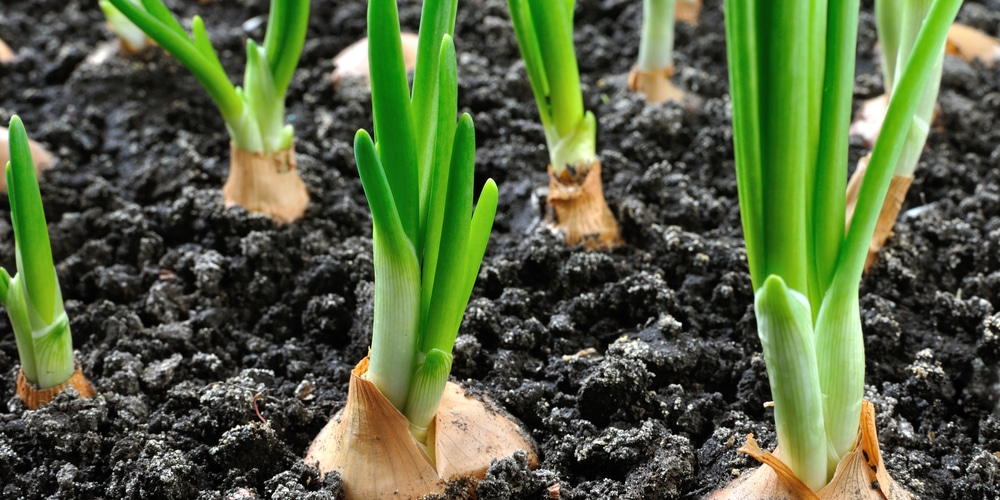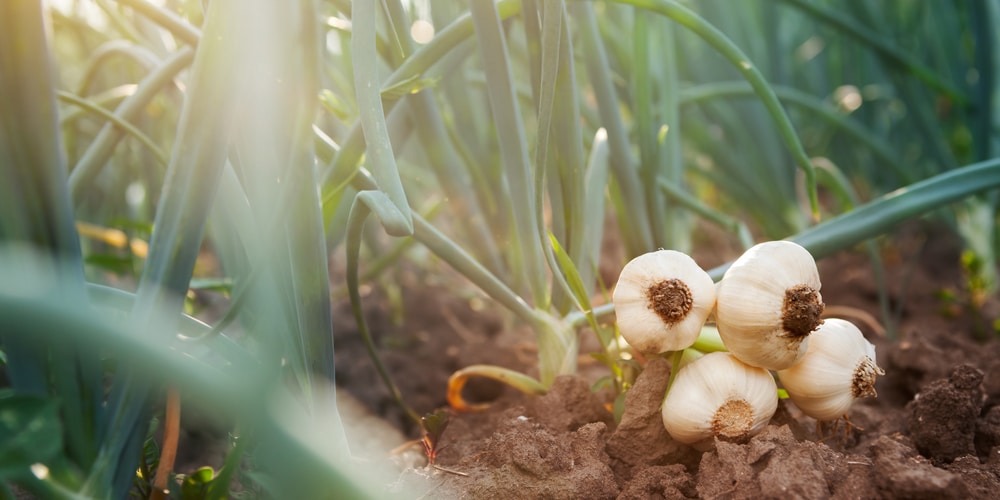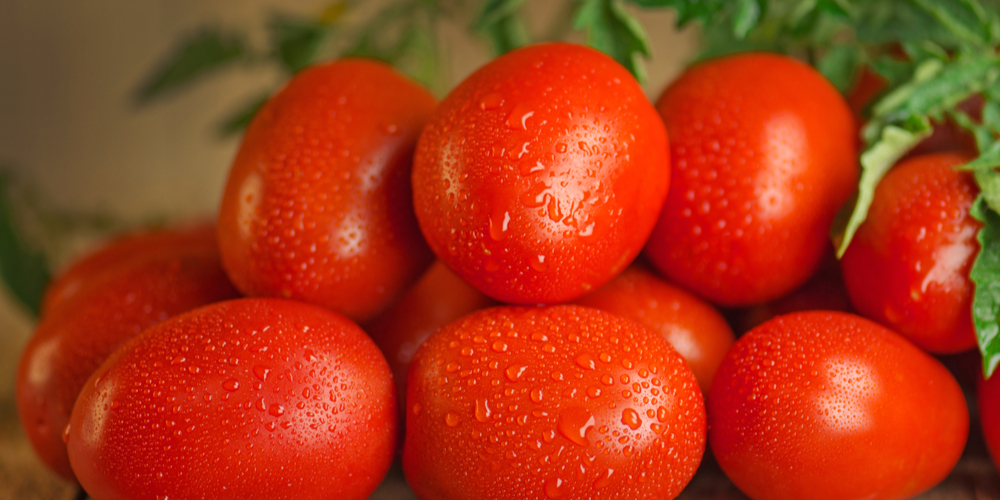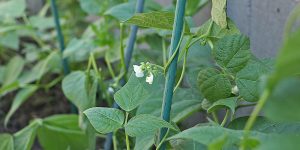Tomatillo is an annual plant of the nightshade family (Solanaceae). They are known for their health benefits: they contain vitamin A, vitamin C, and potassium, as well as compounds that are known to help prevent cancer. They also have a high level of antioxidants.
The leaves of this plant contain tomatine (sometimes called tomatin or lycopersicin), an anti-inflammatory agent similar to the compound in tomatoes. This makes it a good choice for people who have arthritis. The leaves are also a natural antiseptic.
If you want to grow tomatillos in your garden, you should plant them in full sun and make sure that you do not over-fertilize them. You can also grow tomatillos in containers, but they will not thrive as well in containers. This article will discuss the best tomatillo companion plants.
What is Tomatillo?
A tomatillo is a small green spherical fruit that resembles a small tomato. However, they are not related to tomatoes in any way (tomatoes belong to the Solanaceae family).
Tomatillo grows to about six feet in height. Its leaves are greenish-yellow in color and grow from an adventitious root. The flowers are small and yellow, and they bloom from the end of spring to late summer or early fall. They have white petals with some purple veins running through them. The fruit is yellow when ripe and has tiny seeds in them. The plant can grow in many different soil conditions, but it does not like wet ground. It can survive in moist soil as long as it has good drainage.
This fruit is native to Mexico and has been cultivated there for thousands of years; and is often used in Mexican cuisine to add a nice tangy sweetness to the dishes. They are also commonly used as a garnish.
Tomatillo companion plants
Companion planting is a great way to maximize your harvest and get the most out of your garden: the more companion planting you do, the more food for yourself and your family. Tomatillos grow best in well-drained soil but are still prone to pests, so adding some of these companions will help protect them from attacks, among other benefits.
However, it’s vital to make sure that you don’t add too many plants because they will compete with each other for nutrients, space, water, and sunlight– and the result can be detrimental to the health of your plants.
Here are the top tomatillo companion plants for your garden:
Basil
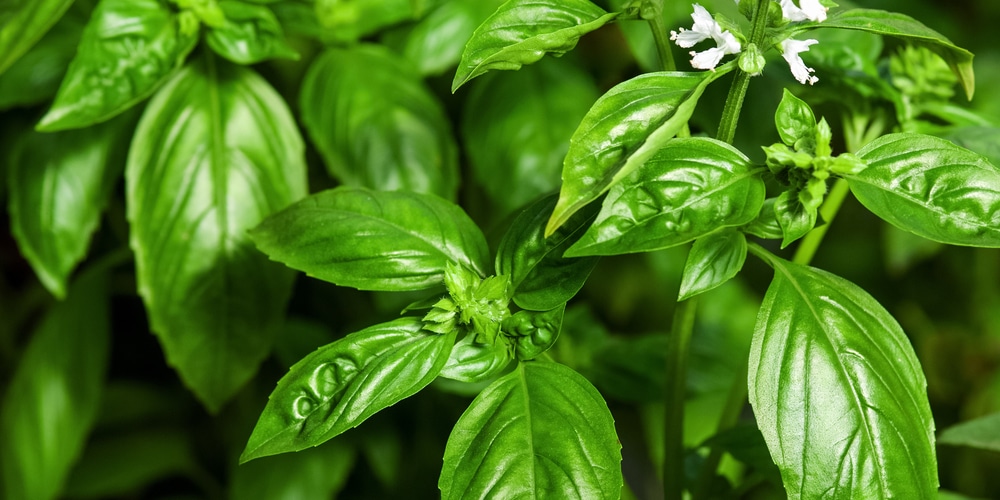
Basil has a strong scent that helps deter hornworms and other pests. However, the smell doesn’t necessarily repel the hornworms but masks tomatillo’s scent instead.
Parsley
Parsley is one of the best tomatillo companion plants because it attracts beneficial insects and helps keep the tomatillo pest free. It attracts hoverflies whose larva eat aphids as well as swallowtail butterflies and wasps that eat insects on surrounding plants.
Related Article: Italian Parsley Vs. Regular Parsley
Onions
The smell of onions repels many pests such as snails, slugs, and beetles. They also keep spider mites at bay– another common pest for tomatillos. Moreover, onions are small and don’t take up too much space, meaning you can plant them close by or between your tomatillo plants.
Garlic
Garlic repels many pests, including aphids and beetles. Although you don’t want to plant them pretty close, you can have one row of garlic and another row for your tomatillos.
Pumpkin and squash
Pumpkin is a good companion for tomatillo because they attract bees that help pollinate the tomatillo. Tomatillos like to be in full sunlight or partial shade to thrive– but not too much heat that it turns into a hot climate. They also like fertile and well-drained soil. Pumpkins provide a good ground cover and thrive in the same growing condition as tomatillos.
Tomatoes
Although tomatoes won’t help keep any pests away, they require the same soil condition and nutrients, so it makes perfect sense to grow them along with tomatillos.
What’s more, tomatoes and tomatillos can’t cross-pollinate, so there is no worry about that fact. Plus, since they all bloom, they’ll help attract pollinators to each other.
Beans
Beans are great tomatillo companion plants because they help prevent soil from drying out by providing a good ground cover. They also provide nitrogen and other nutrients, and they don’t take up much space, so you can plant them close to your tomatillo.


